Sustainable attraction
Material partner
What lessons has Skanska learnt after 18 months of the pandemic? Has anything changed in your approach to your business?
Paweł Warda, executive vice-president (EVP) Poland operations, board member, Skanska Commercial Development Europe: The pandemic has been and still is a huge challenge for everyone, not only at the business level. I think that at Skanska we have dealt with it very well. We were able to adapt quickly to the new conditions. Our financial model based on our own capital has given us a huge advantage in this regard. We have been able to provide stability to our business partners, both financially and in terms of delivery, due to the fact that our investments are realised exclusively within the Skanska Group. We have certainly noticed a general increase in the importance of the values we prioritised a few years ago. Skanska’s wide-ranging ‘Care for Life’ approach to health, the environment and living has taken on a new dimension. This approach has proven to be the right one – it has allowed us to respond effectively to the pandemic. It resulted in the introduction of improved safety and hygiene standards as well as the implementation of the ‘Care for Life Office’ concept. This is an approach that makes it possible to comprehensively adapt office space to the current situation and users’ requirements.
Since the beginning of the pandemic, you have launched eight new projects in seven cities in four CEE countries. In Poland, many of these are in regional cities. Do you think that the situation in secondary cities has stabilised enough for you to invest in them again?
We approach each market individually. Each has its specifics and different perspectives. We certainly need to avoid generalising and assuming that all regional markets should be treated in the same way. Since the beginning of the pandemic, we have noticed a degree of imbalance when it comes to leasing space. Obviously, this has had an impact on the situation for developers. There are cities in which the number of projects under construction, combined with the effects of the pandemic, have resulted in vacancy rising to relatively high levels. However, there are also regions in which we have a very strong position – where we have leased more office space, we’ve started projects, and we will launch new ones. We monitor each market very closely, because – and let me stress this – for us the entire investment process usually takes more than three years, often even five years or more, so we need to secure our future position today. As a result, we are also active in markets that, despite the current difficult situation, we believe will be very attractive for tenants and investors in the near future.
What are your predictions for the demand for office space over the next few years? Are we facing any structural changes to the market?
Quite a few companies are now in the process of redefining the way they work. I wouldn’t expect to be able to be able to tell you the shape the post-pandemic office world will take in the next few months. This will be a longer process and may turn out to be one of never-ending evolution – but it could also be one that was already picking up momentum before the pandemic and the coronavirus just set the ball rolling for good. At the moment, a large proportion of tenants have been focused on securing their operations for the next 12–36 months in order to make it easier to redefine their needs in terms of hybrid work models into the long term. We don’t know the results of this process, but we can already draw the first conclusions as to the direction this change will take. There has been a visible tendency to slightly reduce the amount of office space and, at the same time, ensure that it is of a much better quality. This is all about providing sustainable office space offering a healthy working environment and that supports a new model of flexible functioning for companies, while at the same time providing an attractive workplace that is well-connected in terms of public transport, with an attractive micro-environment. The key change is that office buildings used to be focused mainly on companies, but now they have to concentrate on being attractive to the people using them, in order to persuade them to come back to the post-pandemic office.
How will developers respond to this?
As Skanska, we are pleased with the direction the market is taking. Many years ago, we could already see that the future of the sector would be about sustainable development – about creating healthy and friendly space. As a result, our buildings have for a long time been ahead of the market in this respect. Our company has the experience as well as the technical and financial background to develop a new generation of office buildings. When it comes to the construction of new buildings the aspect I mentioned earlier will especially have to be taken into account – that of the climate crisis, which is now becoming a pressing social problem, as can be seen in corporate declarations as well as surveys of the average office user. Our research shows that 65 pct of employees in the CEE region want to work in a certified sustainable office. The growth in office stock is currently running at several percent per year, but there are still a lot of old office buildings that do not fulfil the current requirements. We expect that tenants will opt to migrate to new buildings that suit their needs better.
When it comes to offices, we often hear about the growing importance of the business services sector in Poland and the rest of the CEE region. Do you expect anything significant to happen in this direction after the pandemic?
According to our latest report, ‘The 100 Most Important Trends in CEE Economies’, prepared with analysts SpotData, this direction of development will be maintained into the long term. For years, most foreign investment in the CEE region has been in finance, business services and technology. Furthermore, most new investment is in the so-called KIS sector – knowledge-intensive services – and such investment is expected to grow over the next decade. The acceleration in the digitalisation of work, which took place across Europe due to the pandemic, has made it even more profitable to move business services from Northern and Western Europe to cities such as Bratislava, Prague, Budapest, Warsaw and Bucharest. Additionally, the Covid-19 pandemic has put logistics and supply chains around the world to the test. This may mean that the trend of nearshoring – the provision of services from another relatively close geographic location – is set to grow further, and again Poland may prove to be one of the beneficiaries of this. All of this is having a direct impact on the demand for office space in the region.
Safety in offices is also a hot topic at the moment. However, other aspects now have to be taken into consideration. How is office space being designed today to address sustainability issues and the growing importance of well-being?
The pandemic has had a positive impact on the popularity of certain phenomena and trends. What were once considered unique features have now become standard. The human factor has taken on even greater importance. It’s crucial to see offices as more than just places where employees sit at their desks and work on their laptops. They are rather now being seen as space where people can feel safe and comfortable in every way – both mentally and physically. When creating such space, many aspects have to be borne in mind: the air quality, the lighting, the acoustics, comfortable and ergonomic furniture, green space, and areas that encourage interaction and team-building. At the same time, office space has to be adapted to current safety procedures in order to minimise the pandemic risks. This also manifests itself in small things, such as adding signs with recommendations for the rooms, e.g. specifying the maximum number of people in a conference room, or providing special zones for individual work – such as small rooms.
Ensuring safety and the ideal conditions for the users of our buildings has always been a priority at Skanska. We have introduced a range of features that support the management of the building as well as that take care of specific aspects, such as the lighting and air circulation. Our office buildings are also fitted with many touchless solutions included in the Connected by Skanska system – and these were introduced before the pandemic even started.































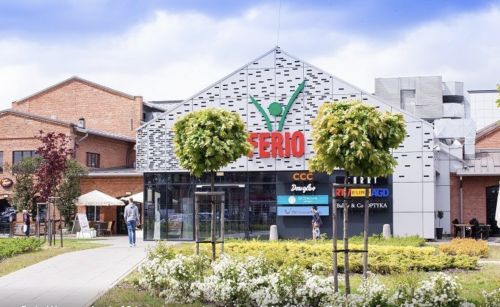








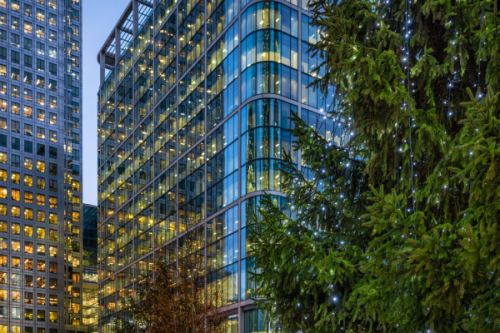

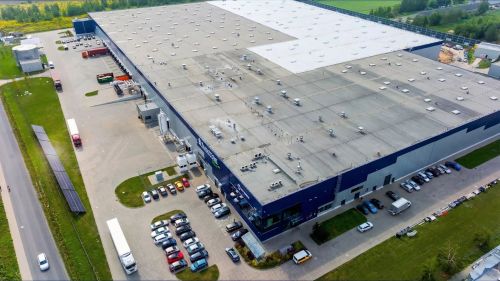
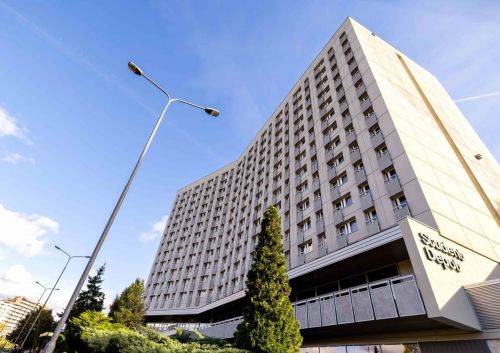

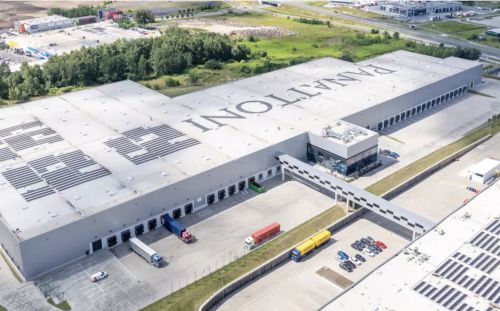




























The quiet revolution in Małopolska
The quiet revolution in Małopolska
Axi Immo
Developers across the region are increasingly favouring heat pumps and photovoltaic systems over traditional gas boilers in warehouse construction. This shift marks a growing commi ...
Modular construction becomes more prominent
Modular construction becomes more prominent
Spectis
After a temporary slowdown, the modular construction market in Poland continues to expand in 2025. Although the sector faces challenges such as high material costs and investment f ...
EXPO REAL 2025: From survival mode to selective recovery
EXPO REAL 2025: From survival mode to selective recovery
Axi Immo
This year’s EXPO REAL in Munich marked a noticeable shift in tone across industry conversations. Following a period of uncertainty and postponed investment decisions, the com ...